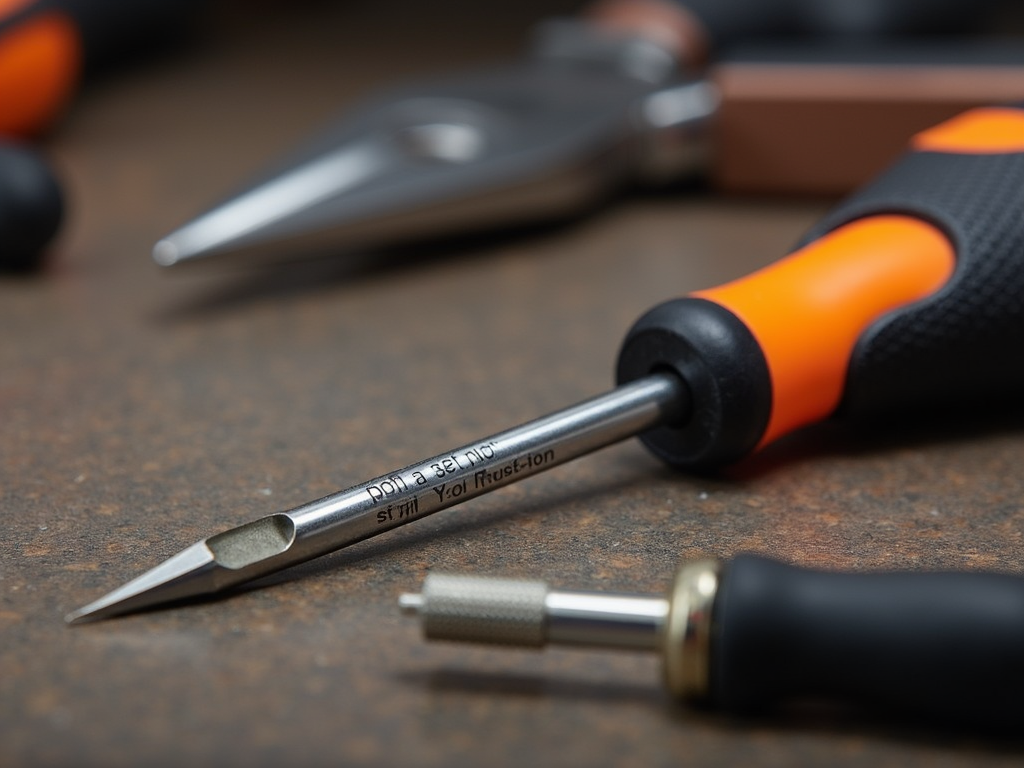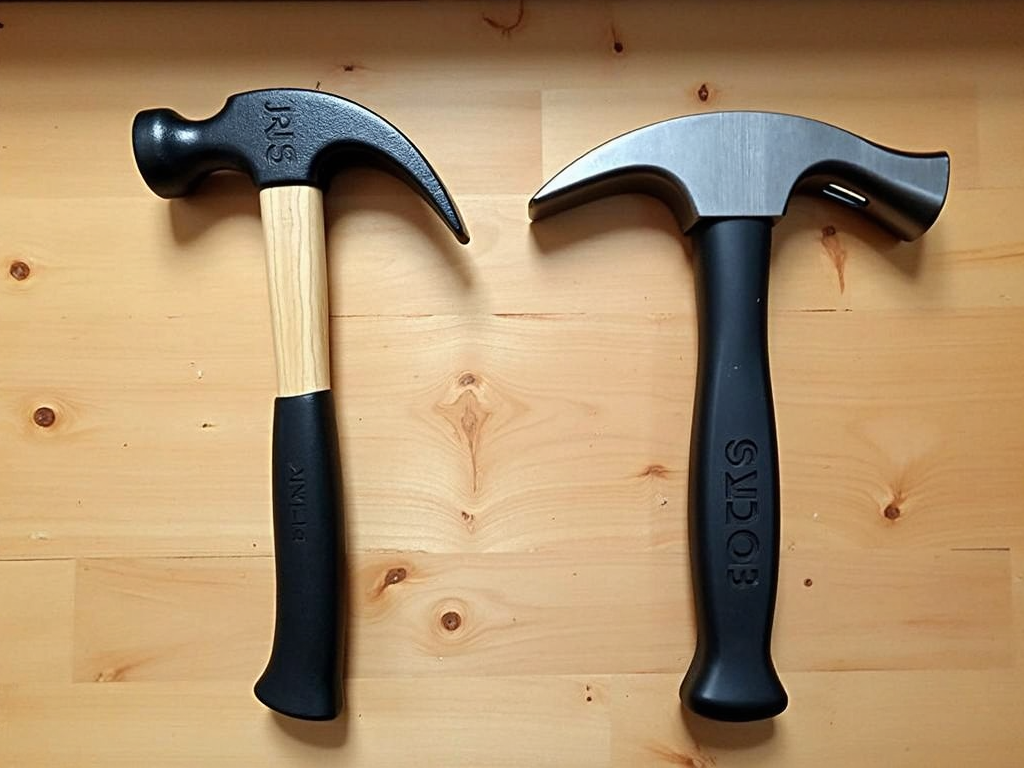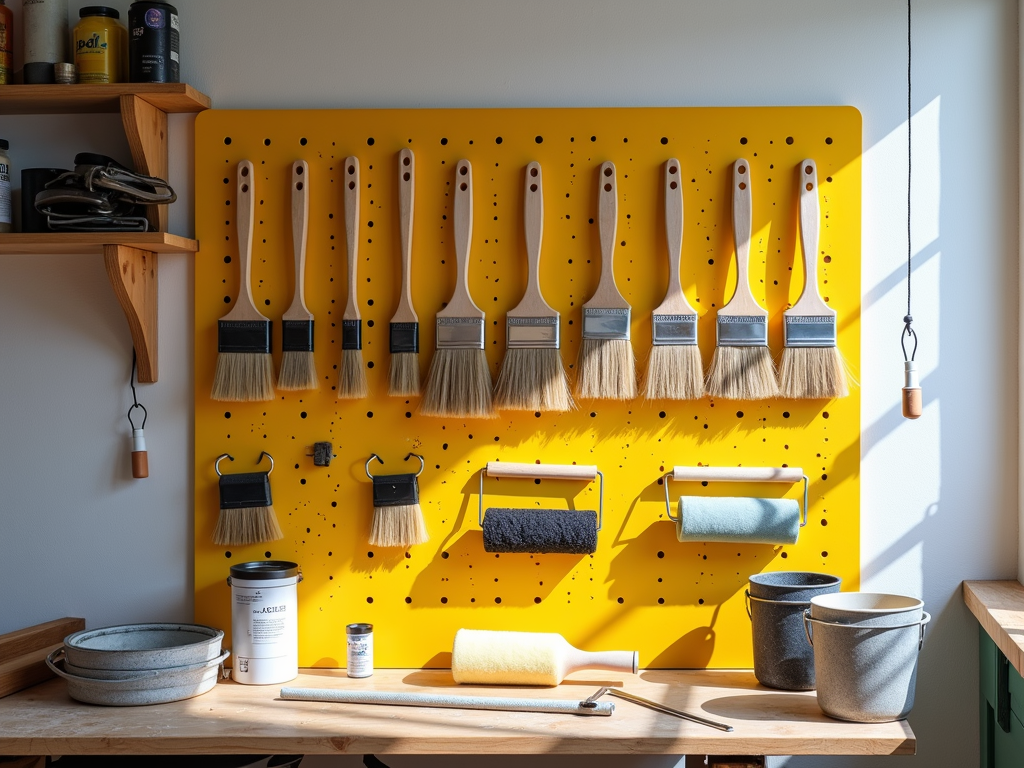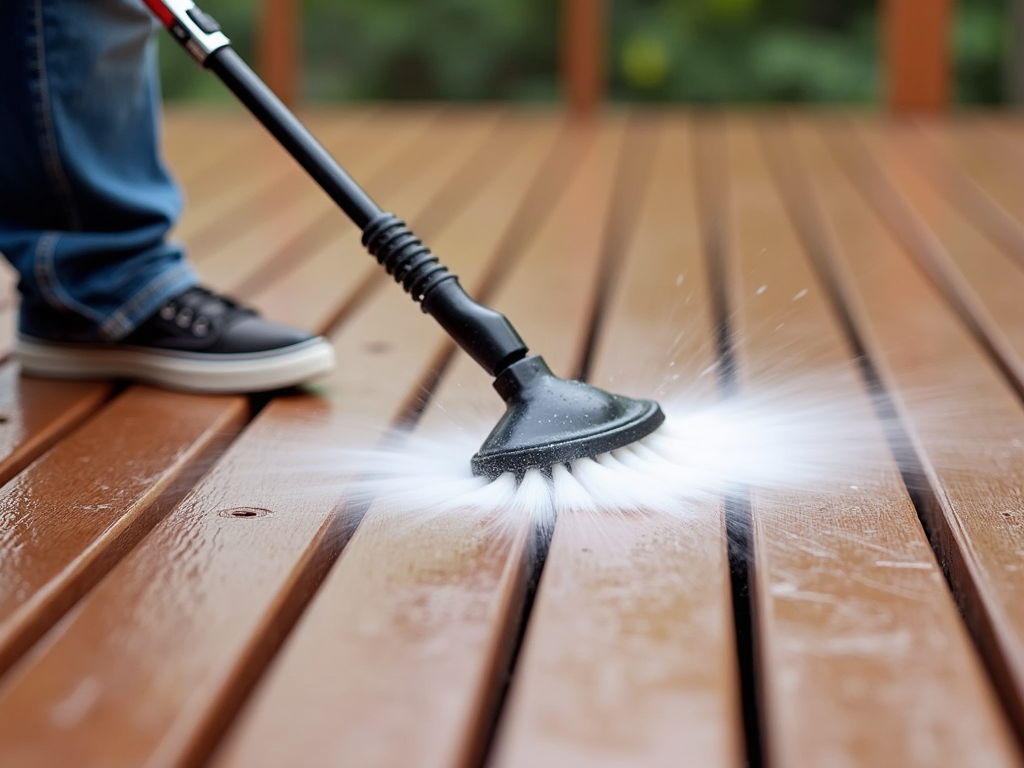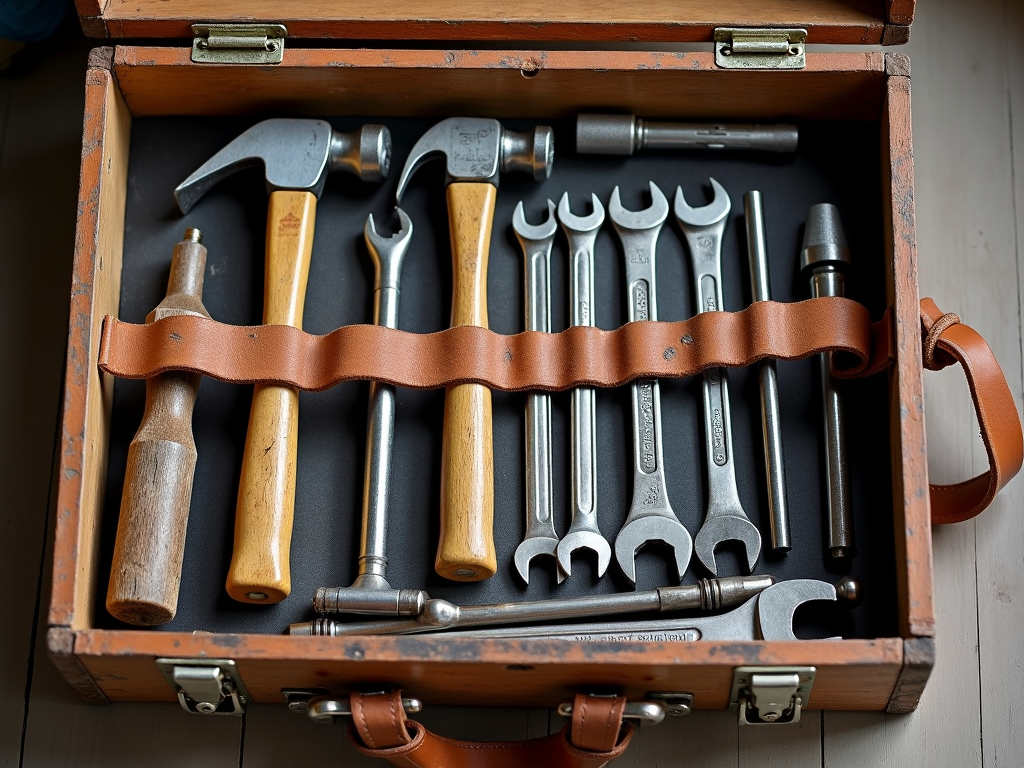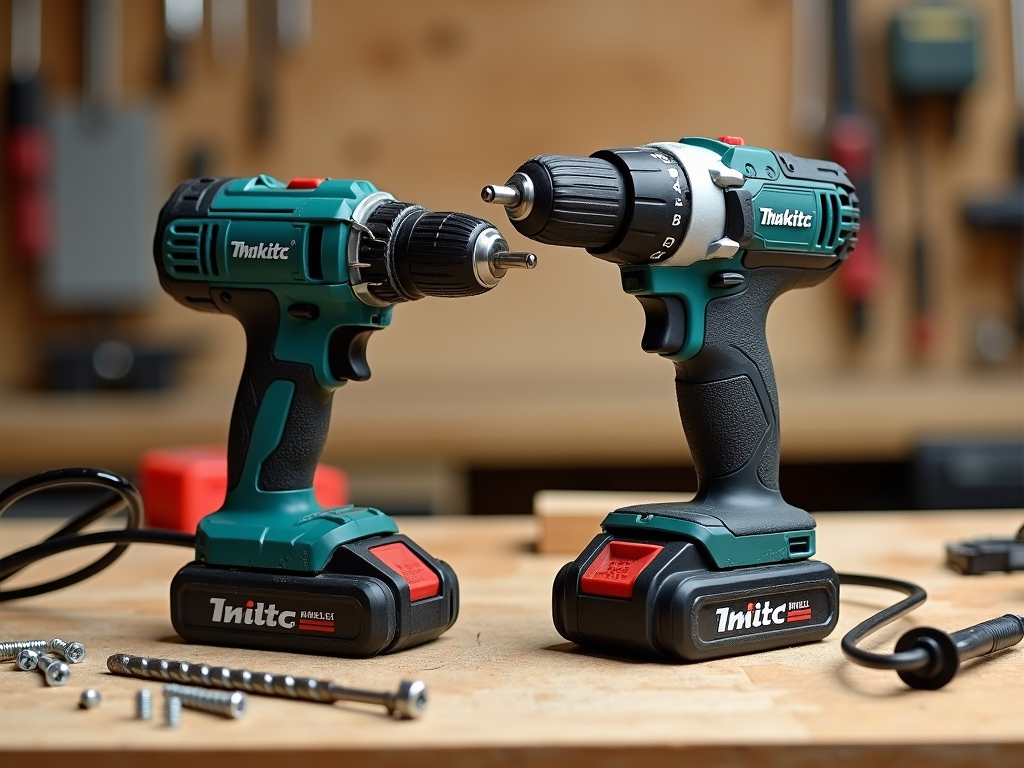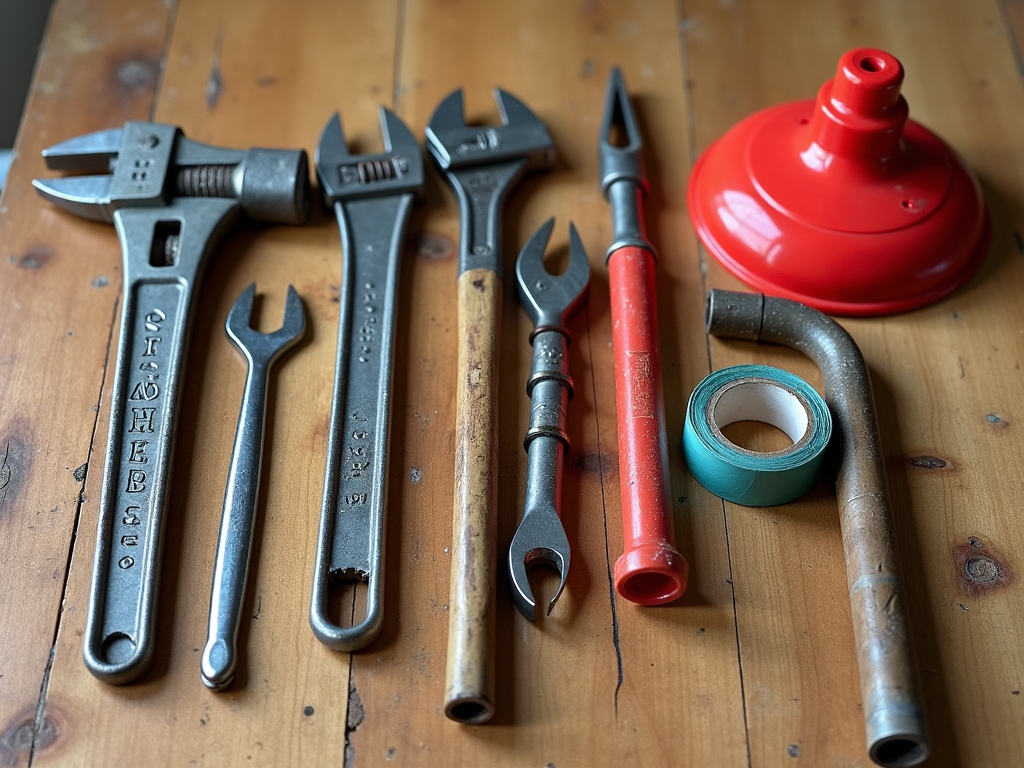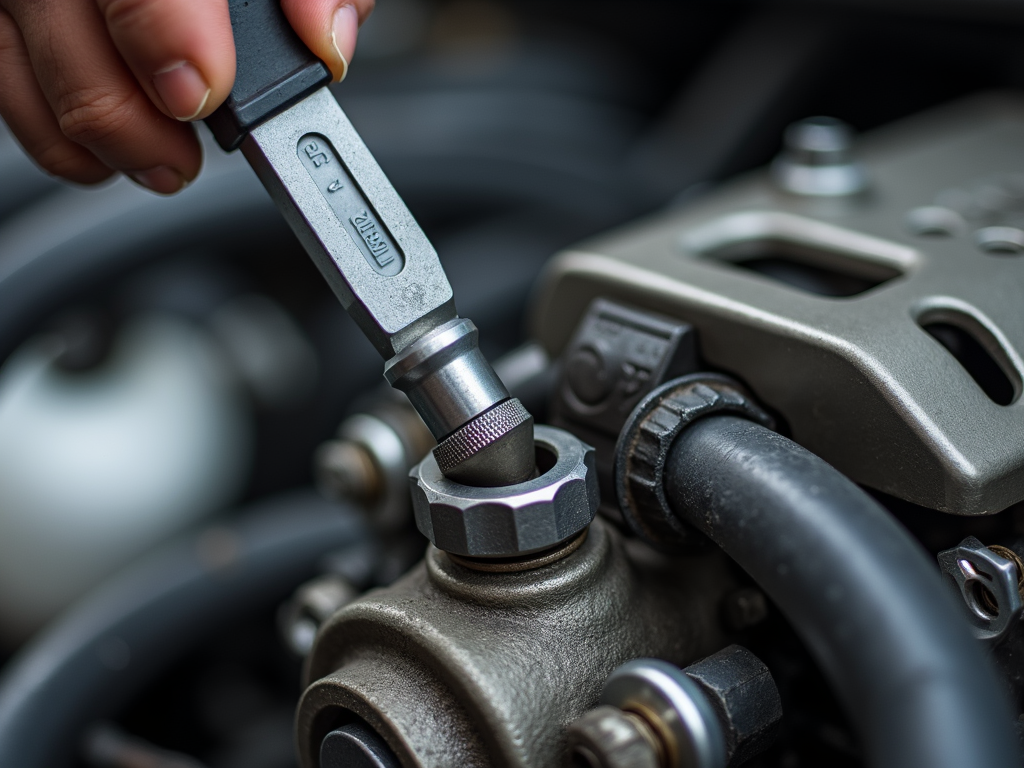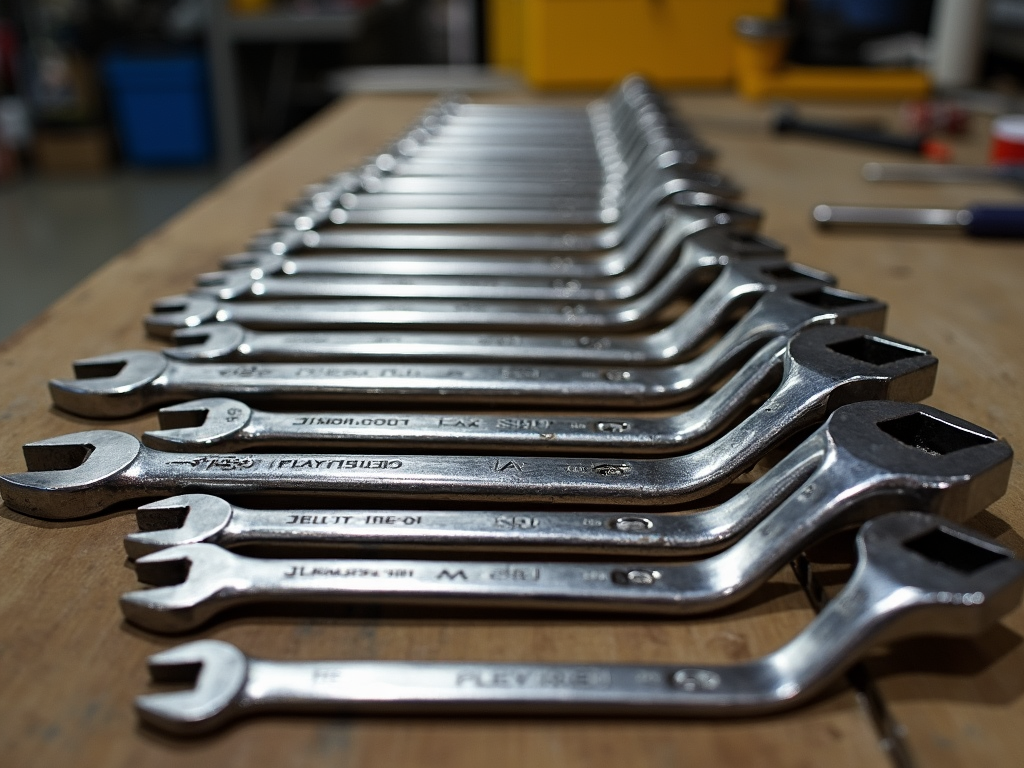Overview
In a world where work demands keep growing, maximizing productivity with ergonomic tools can be a game-changer. These tools help you stay comfortable, reduce strain, and focus better. This article explores how ergonomic hand tools for reduced strain can transform your workday.
Why Ergonomic Tools Matter
Let’s start with the basics. Ergonomic tools are designed to fit your body’s natural movements. Unlike regular hand tools, they reduce physical stress. Think of them as workman tools that prioritize your comfort. When you’re comfortable, you work smarter, not harder.

Types of Ergonomic Hand Tools
There’s a wide range of ergonomic hand tools for reduced strain. Here are some essentials: - Keyboards: Split or curved designs keep your wrists straight. - Mice: Vertical or trackball options ease wrist tension. - Chairs: Adjustable seats with lumbar support improve posture. - Desks: Height-adjustable desks let you switch between sitting and standing.
These tools aren’t just fancy gadgets. They’re practical workman tools that tackle real problems like wrist pain or backaches. I’ve used a regular mouse for years and felt the ache. Switching to a vertical mouse changed everything—it’s like my hand finally relaxed.
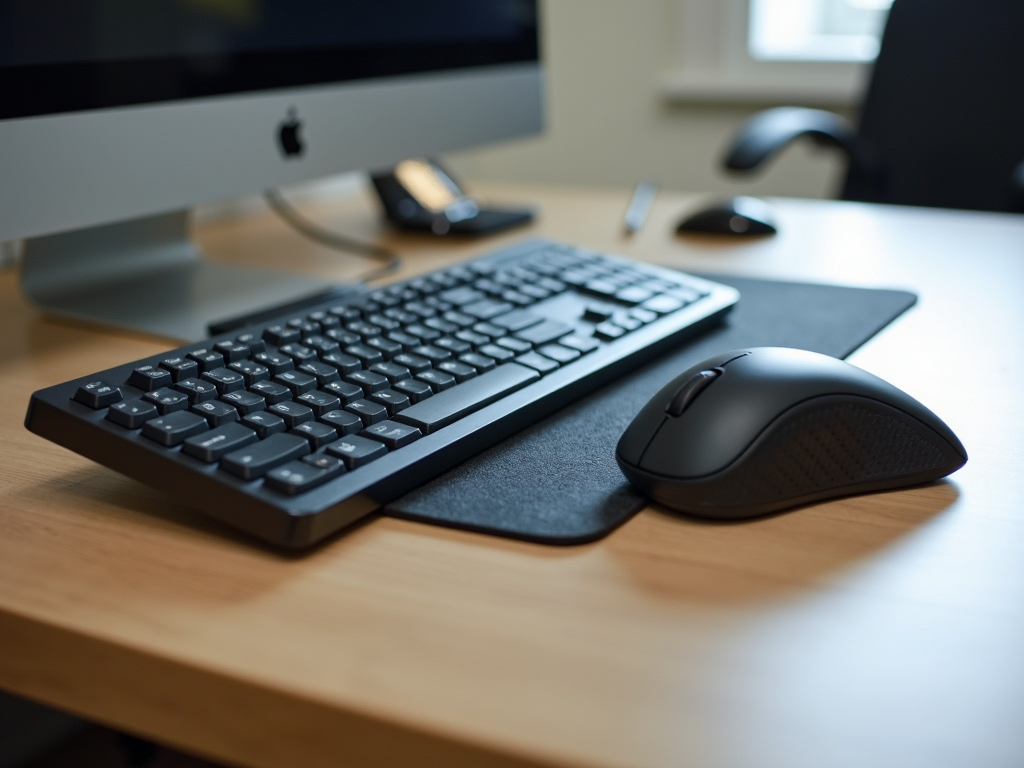
Benefits You Can Feel
Using ergonomic tools boosts productivity in ways you’ll notice fast. No more distractions from sore wrists or stiff backs. Studies show a 10-20% productivity jump with these tools. Plus, they cut down on long-term health risks, saving you from doctor visits.
Personally, I’ve seen the difference. My old chair left me slouching and tired. An ergonomic chair with proper support keeps me alert. It’s not just about comfort—it’s about staying in the zone longer.
Picking the Right Tools
Not all ergonomic hand tools are created equal. Here’s how to choose wisely: - Fit: Make sure the tool feels natural in your hand. - Adjustability: Look for options you can tweak to your body. - Quality: Invest in durable tools that last. - Reviews: Check what others say about comfort and performance.

My Experience with Ergonomic Tools
I’ll be honest—switching to ergonomic tools felt odd at first. The split keyboard looked weird, and I fumbled with the vertical mouse. But after a week, my wrists thanked me. No more tingling after long typing sessions. It’s proof that small changes add up.
The chair was the real surprise. I didn’t realize how much slumping drained my energy. Now, with good lumbar support, I sit taller and feel sharper. Maximizing productivity with ergonomic tools isn’t just theory—it’s my daily reality.
Setting Up Your Workspace
Great tools need a great setup. Here’s a quick checklist: 1. Monitor: Keep it at eye level, an arm’s length away. 2. Lighting: Use bright, even light to avoid eye strain. 3. Layout: Clear clutter for a calm, focused vibe. 4. Posture: Sit with feet flat and knees at 90 degrees.
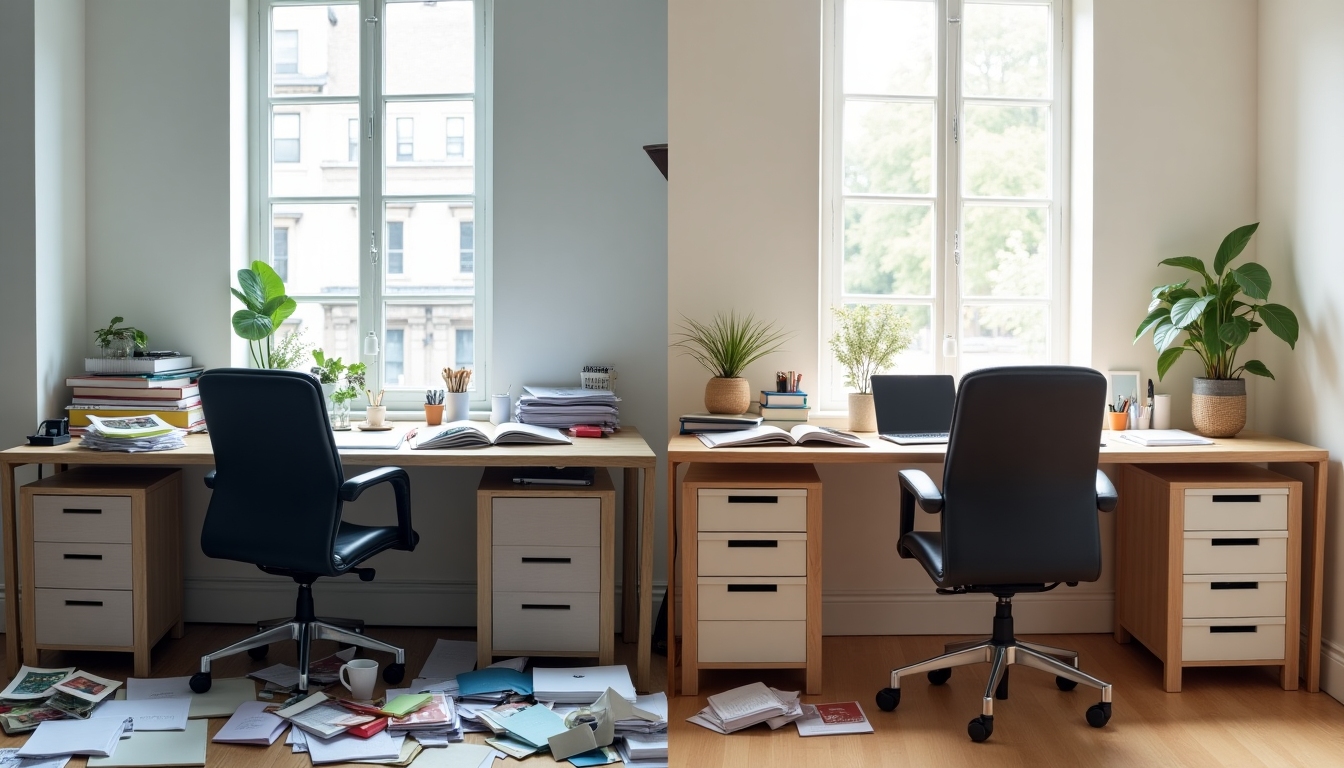
Tips for Getting Started
Ready to try ergonomic hand tools for reduced strain? Start small. Swap one tool—like your mouse—and see how it feels. Test different options if you can. Stores often let you try before you buy. Don’t rush—find what works for you.
Also, move around. Even the best tools can’t fix hours of sitting. I set a timer to stretch every hour. It keeps me fresh and prevents stiffness. Little habits like these make ergonomic tools even more effective.

Common Mistakes to Avoid
It’s easy to mess up. Don’t buy tools without testing them—comfort is personal. Don’t skimp on quality either; cheap tools wear out fast. And don’t skip the setup—tools alone won’t fix a sloppy workspace.
I learned this the hard way. My first ergonomic mouse was too big for my hand. It felt worse than my old one! Trial and error taught me to prioritize fit over flashy features.
Tools in Action: A Daily Boost
Picture this: You sit down, adjust your chair, and start typing. No pain, no distractions—just focus. That’s what maximizing productivity with ergonomic tools feels like. They’re not magic, but they make work smoother and less draining.

Summary
Ergonomic tools are a simple way to work better and feel better. They reduce strain, boost focus, and keep you healthy. From keyboards to chairs, these workman tools fit your body and your life. Try them, tweak your space, and watch your productivity soar.
Related Maximizing Productivity with Ergonomic Tools:
- How to Choose Ergonomic Workman Tools
- Why Ergonomics Boosts Efficiency: The Power of Ergonomic Hand Tools
- 5 DIY Storage Ideas for Small Spaces: Organize Your Painting Tools Like a Pro
- Effective Cleaning Tips with Power Washers: A Comprehensive Guide
- How to Maintain Your Tools for Longevity: A Guide for Beginners
- How to Choose the Right Power Drill for Your Projects: A Comprehensive Guide
- A Beginner's Guide to Plumbing Installation Techniques
- Innovations in Workman Tools Enhancing Comfort
- Essential Workman Tools for Automotive Repairs
- Top 10 Hand Tools Every Mechanic Needs
- Top 5 Multi-Tools Every Craftsman Needs
- Screwdriver Safety Tips: Essential Guide for Workman Tools
